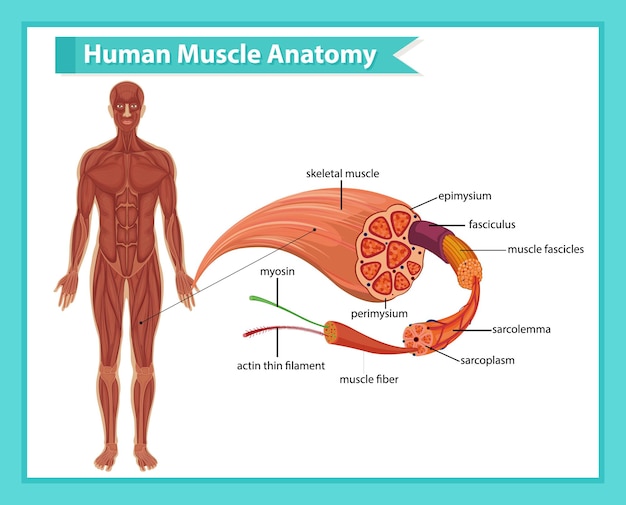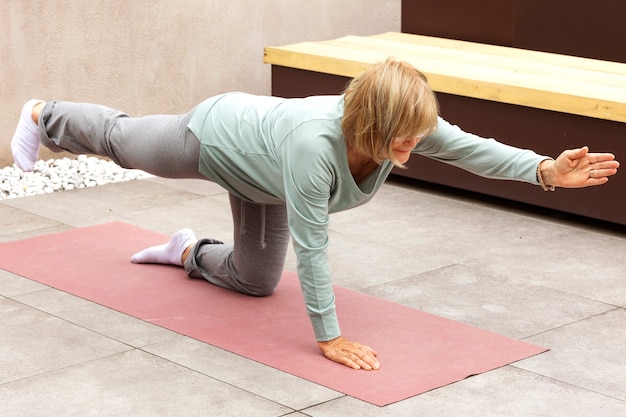Master Core & Balance: A Beginner's Blueprint to Better Mobility and Stability
Improving your mobility, stability, and overall movement quality starts with two foundational elements: core strength and balance. Whether you're new to fitness or returning after a break, focusing on these areas can transform how you move in daily life and during workouts. This guide breaks down beginner-friendly strategies, form tips, and smart modifications to help you build a strong, balanced body—coach-style.
Why Core and Balance Matter
Your core is more than just abs. It includes muscles in your abdomen, lower back, hips, and pelvis—all working together to stabilize your spine and support movement. Meanwhile, balance involves your body’s ability to maintain control during static and dynamic activities. Together, core strength and balance enhance posture, reduce injury risk, and improve performance in everything from walking up stairs to lifting groceries.
Poor core engagement or balance can lead to compensatory movements, strain on joints, and reduced mobility over time. The good news? These skills are trainable at any age and fitness level.

Coach-Style Pointers for Building Core Strength
Start with the basics. Focus on quality over quantity. These form cues will keep your efforts effective and safe:
- Engage your core early: Before moving, gently draw your navel toward your spine. Think of bracing for a light punch—not holding your breath.
- Keep your spine neutral: Avoid arching your back or tucking your pelvis excessively during exercises like planks or bridges.
- Move slowly: Control beats speed. Slow reps help you feel the right muscles working.
- Breathe: Exhale during exertion (e.g., lifting hips in a bridge), inhale during release.
Beginner Core Exercises (With Modifications)
-
Dead Bug (Modified): Lie on your back, knees bent at 90 degrees, arms extended toward the ceiling. Slowly lower one arm overhead and the opposite leg straight out—only as far as you can while keeping your lower back flat. Return and switch sides. Modification: Keep both feet on the floor if lifting legs causes back strain.
-
Glute Bridge: Lie on your back, knees bent, feet flat. Squeeze glutes and lift hips until shoulders, hips, and knees align. Hold 2–3 seconds, then lower. Progression: Lift one leg while bridging.
-
Forearm Plank (Knee Modification): On forearms and knees, align elbows under shoulders. Engage core and lift knees slightly off the floor, keeping body straight from head to knees. Hold 10–20 seconds. Goal: Progress to toes as strength improves.
Balance Training: Simple Moves for Greater Stability
Balance improves with practice. It involves your vestibular system, vision, and proprioception (your body’s sense of position). Start with static (still) balance and gradually add movement.
Beginner Balance Exercises
-
Single-Leg Stand: Stand near a wall or chair for support. Lift one foot slightly off the ground. Hold 15–30 seconds. Switch sides. Focus: Keep hips level and core engaged.
-
Heel-to-Toe Walk: Walk in a straight line, placing the heel of one foot directly in front of the toes of the other. Take 10–15 steps. Use a wall for balance if needed.
-
Weight Shifts: Stand with feet hip-width apart. Slowly shift weight to the right, lifting left foot slightly. Return to center, then shift left. Repeat 10 times per side.

Easy Modifications for Common Challenges
Not every exercise works for every body. Here’s how to adapt based on your needs:
- Back sensitivity: Avoid exercises that cause arching. Perform core work on an incline (e.g., feet elevated on a step) or use a folded towel under the lower back.
- Joint pain: Reduce range of motion. For balance drills, keep toes touching the floor for light support.
- Low endurance: Shorten hold times and increase reps gradually. Rest between sets as needed.
- Fear of falling: Always practice balance moves near a sturdy surface. Use a counter or sink for light fingertip support.
Putting It All Together: A Sample Weekly Routine
Start with 2–3 sessions per week. Each session takes 15–20 minutes.
- Dead Bug: 2 sets of 8 reps per side
- Glute Bridge: 2 sets of 10–12 reps
- Forearm Plank (modified): 2 holds of 15–20 seconds
- Single-Leg Stand: 2 holds of 20 seconds per leg
- Heel-to-Toe Walk: 2 passes down a hallway
Rest 30–60 seconds between exercises. Focus on form, not speed. Over 4–6 weeks, gradually increase hold times, reps, or reduce support.
Final Tips for Long-Term Success
- Be consistent. Small efforts add up over time.
- Practice barefoot when safe—this enhances foot strength and proprioception.
- Pair core and balance work with daily movement: walking, stretching, or light strength training.
- Track progress: Note how long you can hold a plank or balance on one leg.
- Listen to your body. Discomfort is normal; pain is not.
Building core strength and balance isn’t about achieving a perfect pose—it’s about creating a body that moves with confidence and control. With consistent practice and attention to form, you’ll notice improvements in posture, coordination, and everyday mobility. Start where you are, use the modifications that help, and celebrate every small win.

















